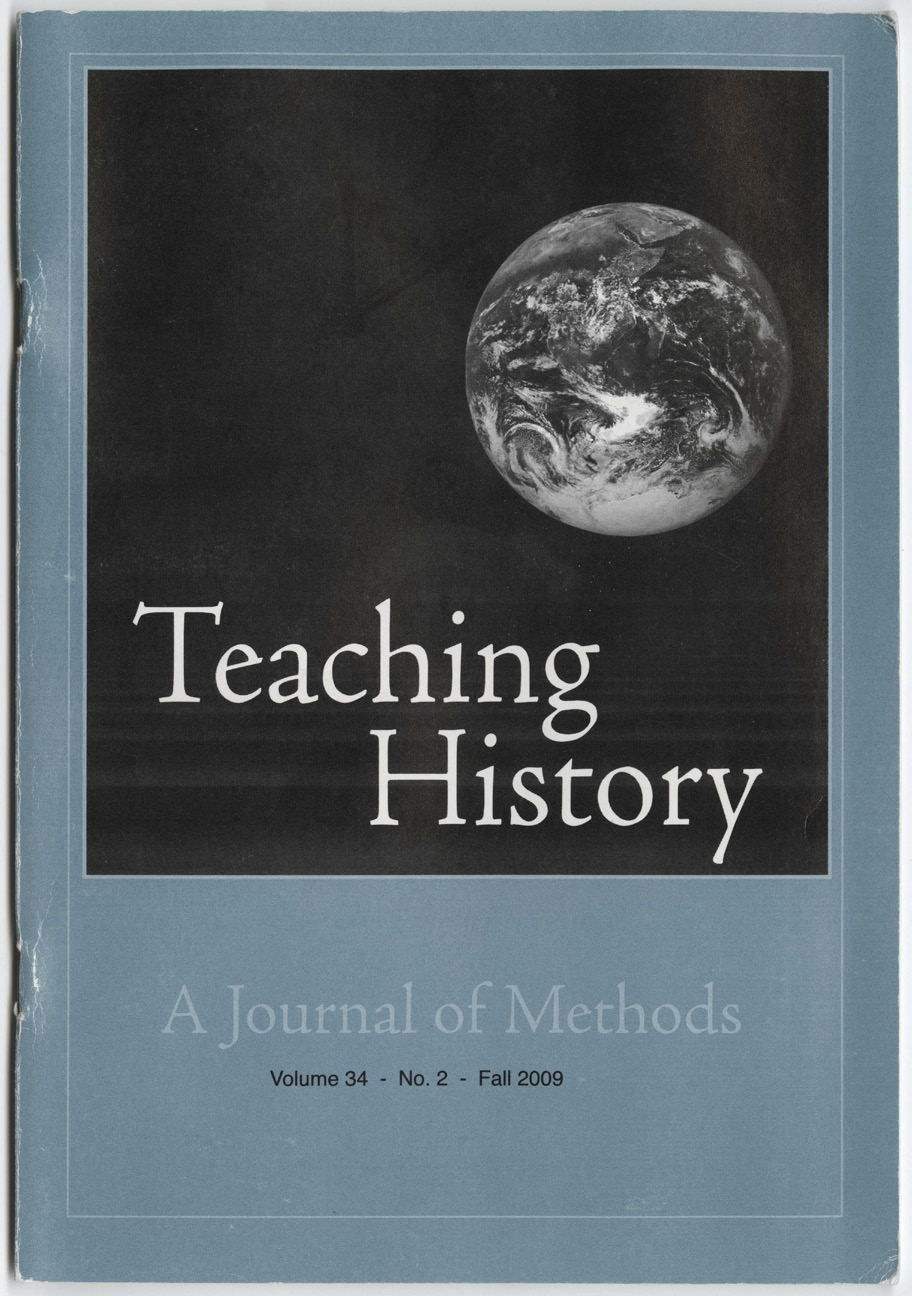Blackboard Or Blog? Some Thoughts About Creating And Assigning On-Line Components In College History Courses
DOI:
https://doi.org/10.33043/TH.34.2.80-90Abstract
As colleges and universities have adopted course management software such as Blackboard and WebCT, more and more history faculty have added on-line discussion components to their face-to-face classes. There are many reasons for this, not least a perceived need, expressed by many administrators and legislators, for more flexible class schedules, and a desire to fulfill that need by replacing traditional contact hours with hybrid and on-line courses. Some faculty have turned to weblogs, or "blogs," as alternate locations for collaborative classroom assignments. On-line formats can offer rewards, but they also present challenges for both students and faculty. For example, some institutions require that blog assignments be placed on private or password protected domains in order to protect student privacy, whether or not the assignment is deemed to fall under the broader umbrella of FERPA regulation. Others regard blogs as a sort of presentation open to the public, where students learn to write for audiences beyond the classroom. There are advantages to both approaches and ultimately the decision rests in the hands of the institution. Apart from technical and legal issues, using any sort of on-line discussion requires different pedagogical strategies, some of which are addressed below. Despite these challenges, blogging offers ways to engage students and to access and incorporate different media into student presentations that require the same levels of academic rigor as traditional printed and oral presentations.
Downloads
Downloads
Published
How to Cite
Issue
Section
License
Copyright (c) 2009 Julie A. Hofmann

This work is licensed under a Creative Commons Attribution-NonCommercial-NoDerivatives 4.0 International License.
By submitting to Teaching History, the author(s) agree to the terms of the Author Agreement. All authors retain copyrights associated with their article or review contributions. Beginning in 2019, all authors agree to make such contributions available under a Creative Commons Attribution-NonCommercial-NoDerivatives 4.0 International license upon publication.



